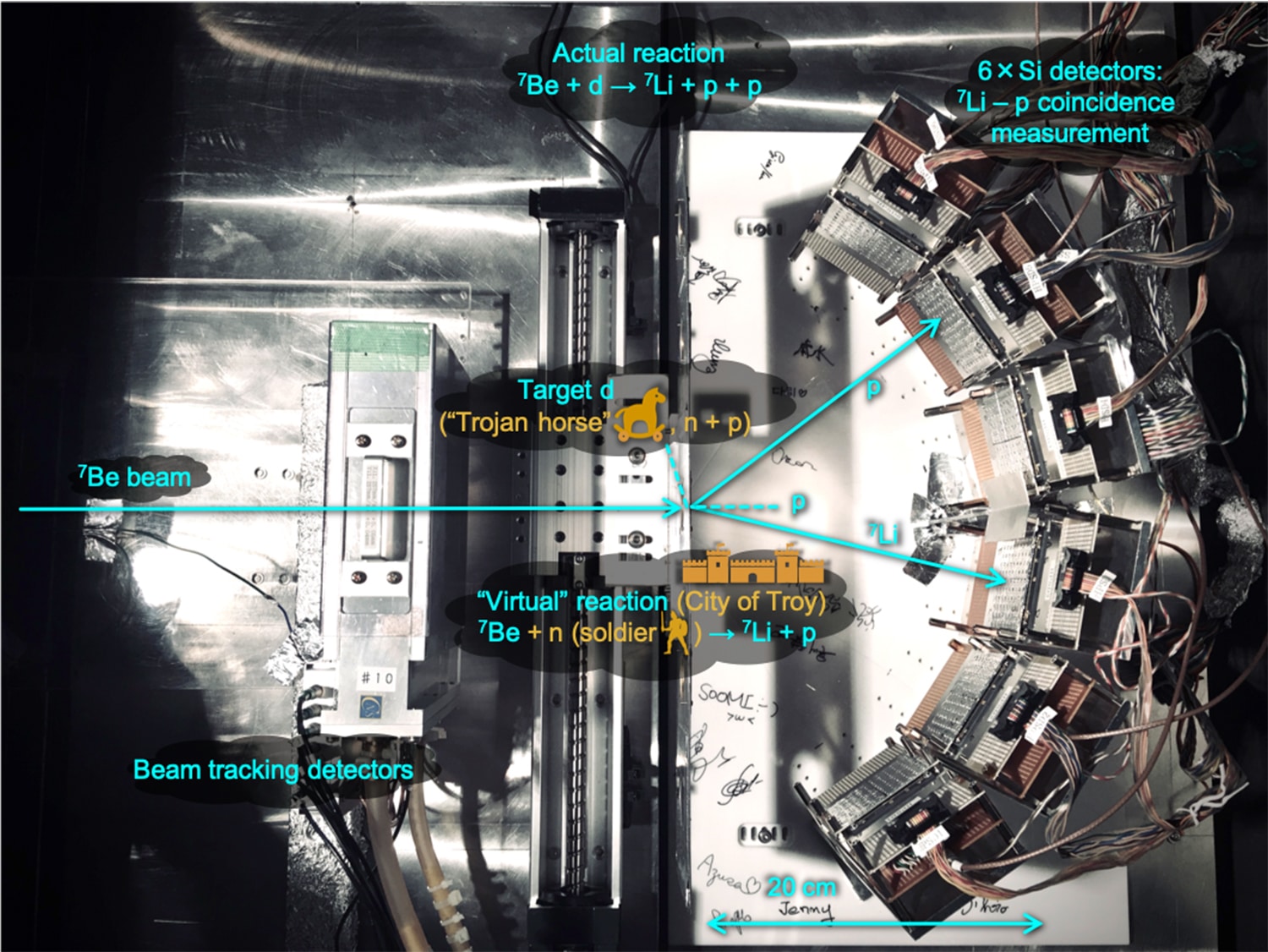
Lithium abundance on earth is about 0.002 percent of Earth’s crust. It is widely distributed: it does not naturally occur in elemental form due to its high reactivity. The total lithium content of seawater is very large and is estimated as 230 billion tonnes, where the element exists at a relatively constant concentration of 0.14 to 0.25 parts per million (ppm).
In 2020, it was suggested that classical novae are responsible for most of the lithium in our galaxy. Still, there is a huge disparity in the abundance of lithium in-universe.
On the other hand, lithium abundance in-universe is markedly less than other elements. This results from the comparatively low stellar temperatures necessary to destroy lithium, along with a lack of common processes to produce it.
However, there is a huge disparity between the hypothetical and observed amounts of lithium in our universe. This is known as the cosmological lithium problem, and it has plagued cosmologists for decades.
BBN models have predicted the relative amounts of all elements involved in BBN with extreme accuracy. The expected amount of lithium-7 (the most common isotope of lithium) is around three times greater than what is observed.
This means there is a gap in our knowledge about the formation of the early universe.
A new study has reduced this discrepancy by around 10%. Scientists from the University of Tokyo performed a new experiment on the nuclear processes responsible for the creation of lithium.
Project Assistant Professor Seiya Hayakawa and Lecturer Hidetoshi Yamaguchi from the Center for Nuclear Study at the University of Tokyo, and their international team are especially interested in one area of cosmology where theory and observation are very misaligned, and that is the issue of the missing lithium, the cosmological lithium problem (CLP).
In a nutshell, theory predicts that in the minutes following the big bang that created all matter in the cosmos, there should be an abundance of lithium around three times greater than what we observe. But scientists accounted for some of this discrepancy and have thus paved the way for research that may one day resolve it entirely.
Project Assistant Professor Seiya Hayakawa said, “13.7 billion years ago, as matter coalesced from the energy of the big bang, common light elements we all recognize—hydrogen, helium, lithium, and beryllium—formed in a process we call Big Bang nucleosynthesis (BBN). However, BBN is not a straightforward chain of events where one thing becomes another in sequence; it is a complex web of processes where a jumble of protons and neutrons builds up atomic nuclei and some of these decay into other nuclei. For example, the abundance of one form of lithium, or isotope—lithium-7—mostly results from the production and decay of beryllium-7. But it has either been overestimated in theory, underobserved in reality, or a combination of the two. This needs to be resolved to understand what took place way back then.”
Scientists simulated conditions during BBN using particle beams, detectors, and an observational method known as the Trojan horse.
Hayakawa said, “We scrutinized more than ever before one of the BBN reactions, where beryllium-7 and a neutron decay into lithium-7 and a proton. The resulting levels of lithium-7 abundance were slightly lower than anticipated, about 10% lower.”
“This is a very difficult reaction to observe since beryllium-7 and neutrons are unstable. So we used deuteron, a hydrogen nucleus with an extra neutron, as a vessel to smuggle a neutron into a beryllium-7 beam without disturbing it. This is a unique technique developed by an Italian group we collaborate with, in which the deuteron is like the Trojan horse in Greek myth, and the neutron is the soldier who sneaks into the impregnable city of Troy without tipping off the guards (destabilizing the sample). Thanks to the new experimental result, we can offer future theoretical researchers a slightly less daunting task when trying to resolve the CLP.”
Journal Reference:
- S. Hayakawa et al., Constraining the Primordial Lithium Abundance: New Cross-Section Measurement of the 7Be + n Reactions Updates the Total 7Be Destruction Rate, The Astrophysical Journal Letters (2021). DOI: 10.3847/2041-8213/ac061f
Continue reading Scientists closed the gap of missing lithium in the universe on Tech Explorist.
0 comments:
Post a Comment